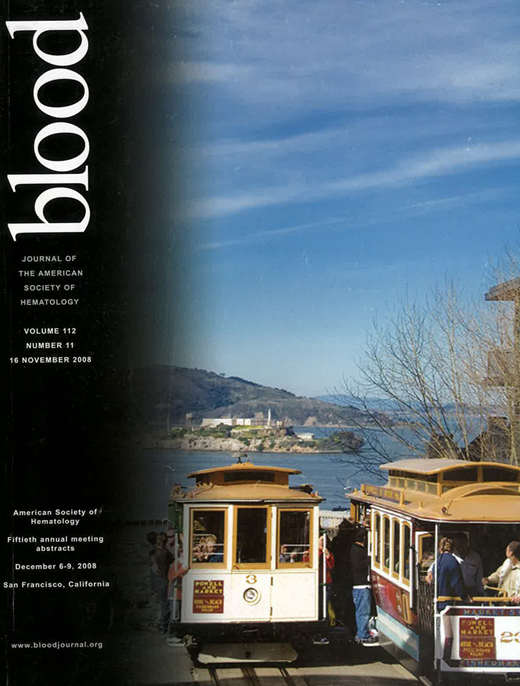Abstract
HDAC inhibitors have limited single agent clinical activity in leukemia, a probable effect of dysregulated proapoptotic pathways. We hypothesized that the combination of a HDAC inhibitor with a Bcl-2 inhibitor may result in synergistic antileukemia activity. To test this concept, we modeled in vitro the combination of MGCD0103, a class 1 specific HDAC inhibitor, with GX15-070 (Obatoclax), a novel Bcl-2 homology domain-3 (BH3) mimetic The cytotoxic potential of the combination was first assessed measuring cell viability using trypan blue extraction assays in leukemia cell lines HL60, U937, THP1, and Molt4. Mathematical modeling analysis indicated a strong synergistic effect of the combination of MGCD0103 and GX15-070 in terms of growth inhibition. Inhibitory effect of the combination at concentrations of MGCD0103 600 nM and GX15-070 200 nM was 64 fold the effect of single agent MGCD0103 and 16 fold that of GX15-070. Analysis of sequence of treatment indicated that the optimal sequence was addition of GX15-070 first followed by MGCD0103. We then analyzed the effect of the combination on the induction of apoptosis using Annexin V flow assays. The combination also showed a marked synergistic effect in terms of apoptosis induction (the combination was 217% more potent than single agent MGCD0103 and 79% more than GX15-070). Western blot analysis indicated that the use of the combination substantially enhanced the cleavage/activation of caspase-3 and the subsequent cleavage of caspase-3 substrate PARP. As demonstrated in AML and other cell types previously, we showed that GX15-070 dissociated the pro-apoptotic protein BAK from MCL-1. The release of BAK has been demonstrated to play an important role in caspase activation. Western blot analysis also demonstrated that while anti-apoptotic protein XIAP, the major inhibitor of caspase 3, was reduced in MGCD0103 treated cells, the reduction was enhanced with the combination. These results suggest that GX15-070 may sensitize XIAP to the down-regulation effect of MGCD0103, which in turn further activates caspase 3. The combinatory effect of BAK release by GX-15-070, with the suppression of XIAP by MGCD0103, that is potentiated by GX15-070, may play a critical role in the synergistic effect of these two agents on caspase activation, which then results in increased induction of apoptosis. Because in initial experiments we evidenced a discrepancy between cell viability and apoptosis, we also studied the effect of the combination on the induction of autophagy using electron microscopy: non-apoptotic cells after MGCD0103 treatment did not show increase autophagic characteristics compared to control cells, while more non-apoptotic cells under GX15-070 evidenced swollen endoreticulum, a feature of early autophagy. Most non-apoptotic cells treated with MGCD0103 and GX15-070 combination showed accumulation of macro-autophagosomes, a marker of late autophagy, indicating that more severe autophagy was induced by the combination. Furthermore, induction of LC3-II, a marker of autophagy, was observed after combination. We confirmed these results (both in terms of apoptosis and autophagy) ex vivo in primary cells (n=8) obtained from patients with relapsed/refractory AML. In conclusion, the combination of an HDAC inhibitor with GX15-070 has synergistic antileukemia activity and should be studied in human clinical trials.
Disclosures: Viallet:GeminX: Employment.
Author notes
Corresponding author

